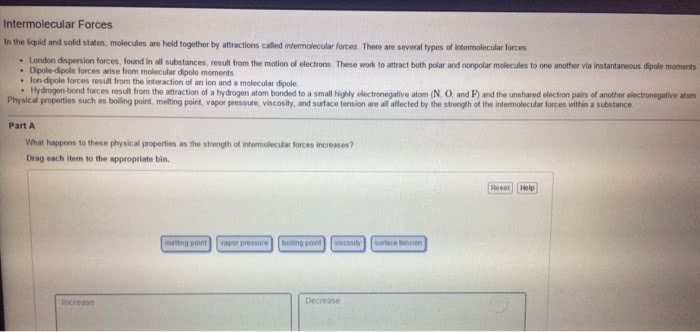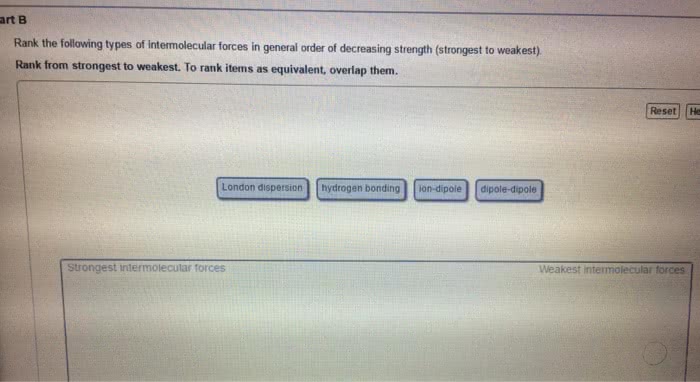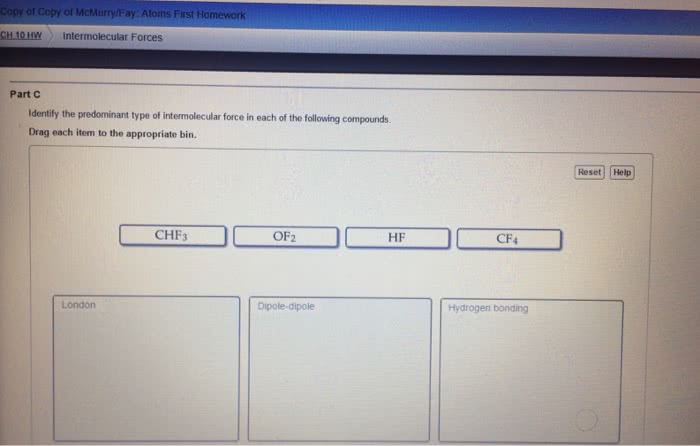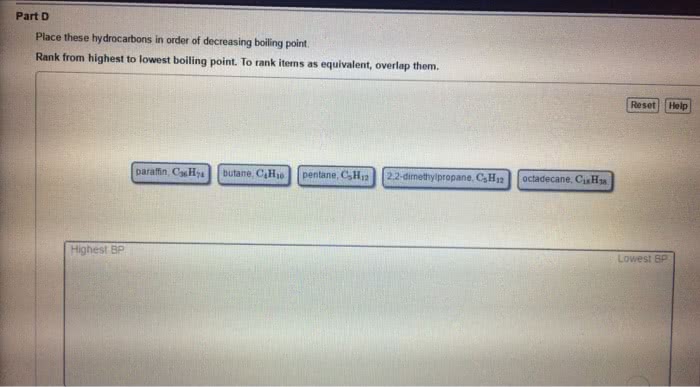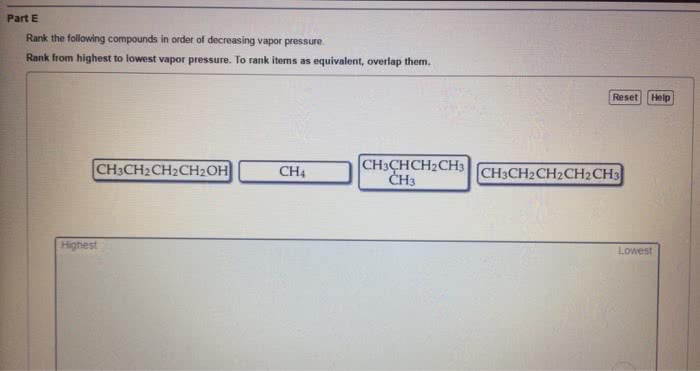CHEM 1030 Lecture : Intermolecular Forces, Liquids, and Solids

19
CHEM 1030 Full Course Notes
Verified Note
19 documents
Document Summary
The states of matter: the state a substance is in at a particular temperature and pressure depends on two antagonistic entities: the kinetic energy of the particles; the strength of the attractions between the particles. Ion-dipole interactions (a fourth type of force), are important in solutions of ions: the strength of these forces are what make it possible for ionic substances to dissolve in polar solvents. Hydrogen bonding: the dipole-dipole interactions experienced when h is bonded to n, o, or f are unusually strong, hydrogen bonding arises in part from the high electronegativity of nitrogen, oxygen, and fluorine. Intermolecular forces affect many physical properties: the strength of the attractions between particles can greatly affect the properties of a substance or solution. Viscosity - resistance of a liquid to flow. It is related to the ease with which molecules can move past each other: viscosity increases with stronger intermolecular forces and decreases with higher temperature.


